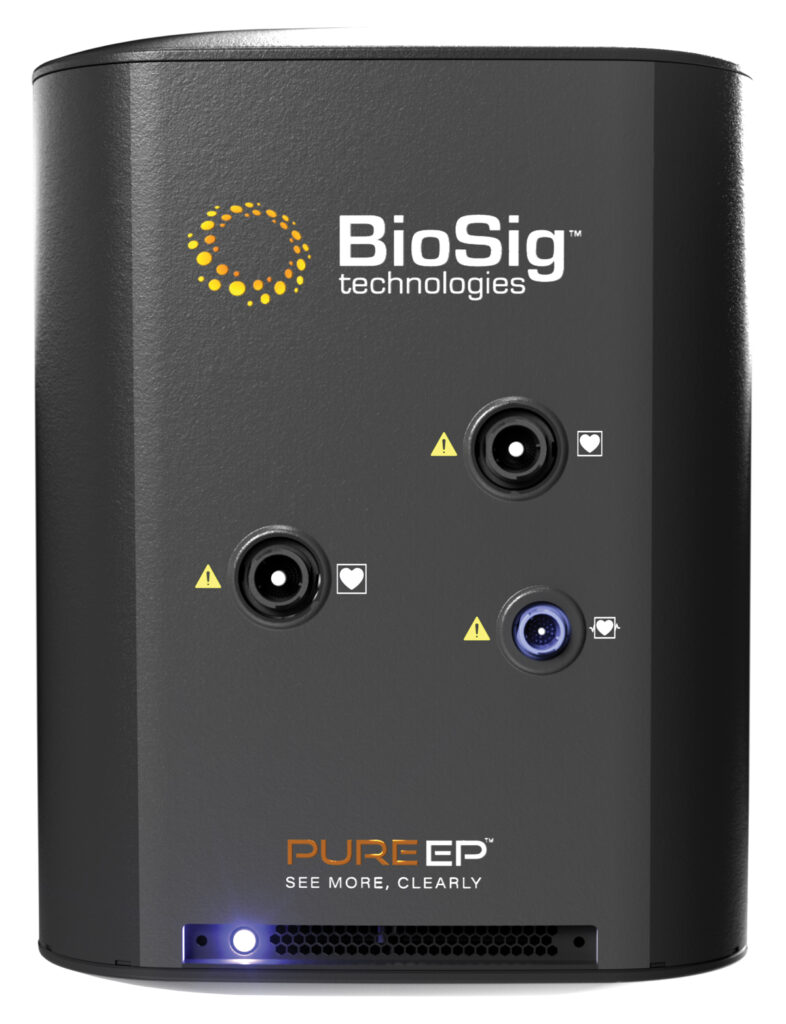Evaluating new medical technologies may not always fit a standard process.

There is a whole world of emerging medical technology and devices evolving in the United States and globally. Unfortunately, many new technologies struggle to be recognized and evaluated based on several factors. The disruptions caused by the global pandemic are certainly one reason.
Here’s a question: Do you think supply chain should be the gateway to your organization’s review of new medical devices and technology? If your answer is “yes”, then here are a few things to consider.
Does my GPO have a contract with you?
Some supply chain executives use this question as a first step in vetting new technology. The major GPOs can certainly be helpful in evaluating new technology. In fact, they all have a process for “new and emerging” technology. Unfortunately, many new technologies evolve in a very nascent state, and need validation in acute and other healthcare settings to even get to the point of being relevant for a national GPO to review.
For buyers, using the “GPO Question” first may have the unintended consequence of blocking learning about truly new and innovative technology that can provide one or more of the benefits you are seeking, in terms of Cost, Quality and Outcomes (CQO). Long-range strategy in dealing with supply chain costs and issues may make following new technologies particularly desirable.
Startups may not be familiar with healthcare providers
It seems like every month I speak with well-intentioned people who have a great product or idea, but are not familiar enough with “the industry” to actually get their products reviewed, understood, and evaluated. While everyone’s time is at a premium, and the pandemic has caused more folks to work remotely, having an “ear” or process to review new ideas is critical as more new technology emerges in this decade.
Suppliers: Tell your story – simply
Historically, many established and new manufacturers have generated reams of information about the performance of their technology and new products – but have not distilled it into a simple story. In this issue of “Frontiers” we have included two examples of telling your story simply; either in front of the person reviewing new technology in a healthcare provider, or in front of the Value Analysis Committee (VAC).
Because everyone’s time is constrained, and people are not “together” in the past sense of working in a hospital or nearby facility, these examples have been reduced to two pages. They are furnished in our belief that in many instances, and with the right information, an evaluation and purchase decision can be made simply. This has the benefit of reducing the backlog of products and technology awaiting evaluation at the VAC. Speed-to-adoption can also be a significant satisfier for physicians and clinicians, who tell us they are tired of the slow process(es) used in some cases that delay adoption of new products or technology for months.
Canopy is our first example (see pages 6-7). Canopy is a manufacturer of reusable N-95 respirators. Using three simple assumptions, Canopy has illustrated three “values” of their product, including expense. They have gone on to also illustrate other real but unseen costs such as significantly less storage space required compared to disposables. From an environmental perspective, Canopy also illustrates waste in its product vs. a disposable product – a 95% reduction in landfill waste.
From a CQO perspective, is the information provided enough in the examples that accompany this article for an evaluation of the product? Assuming that the product has been approved for use in a healthcare setting and the supplier can provide the required number of units, our question is whether this information, along with customer feedback, is enough to make a reasonable decision about the benefits of the product.
The second example (see pages 14-15) is from BioSig Technologies. The BioSig PURE EP™ system “purifies” the electrical signals emitted from the heart during electrophysiology cases, such as catheter-based ablation procedures.
In this more clinical example, the two-page VAC pack demonstrates the number and costs of readmission and re-performed procedures. This is especially important if a provider has become a so-called “Pay-Vider” where insurance risk and healthcare are brought closely together, and both the insurance company and provider assume the risks for the cost of treating a patient. When considering product and technology costs, clinical outcomes and the cost of readmissions are becoming a more important consideration for the entire healthcare supply chain.
To date, BioSig has produced one clinical paper. The clarity it brings to the EKG during a procedure is 1,000 times greater than products currently on the market, and electrophysiologists are evaluating the product right now. While that single study demonstrates considerable value, would it automatically be excluded from consideration because the research is only emerging?
Is it time to step back, and take a strategic look at how we evaluate new technology in healthcare?
BioSig: Changing the Way Electrophysiology Labs Work
By Pete Mercer

When the seed of what BioSig would become was planted, Ken Londoner was developing medical technology for the automation of cardiac testing for drug safety requirements. Dr. Mark Josephson, Chair of Harvard Cardiology, suggested that Londoner should develop the technology to improve the signal quality of electrograms, the electrical signals coming from inside the heart.
Dr. Josephson noted that poor EGMs were one of the main problems for clinicians improving their accuracy in cardiac ablation therapy for atrial fibrillation and ventricular tachycardia patients. Londoner started BioSig to address this problem head on, eventually producing a hardware and software system that works to dramatically improve signal quality: The PURE EP System.

“PURE EP improves the clinical accuracy of treatments in persistent and chronic ablation cases, while reducing the time of the procedures by eliminating the time it takes to adjudicate signal distortions in decision-making,” Londoner said. “Our system allows for software and application development. We currently have 15 software programs which are clinically designed in partnership with some of the leading electrophysiologists in the world. The software leverages our unique ability to get the cleanest heart signals, visualizing the information other systems in the EP lab cannot produce because the hardware doesn’t allow the acquisition.”
BioSig has already completed over 2,000 surgeries since the system was first introduced to the market in November 2019. Using the PURE EP System, leading physicians have improved their confidence, workflows, and results in persistent and chronic cases. Not only are physicians benefiting from the use of PURE EP, but it’s also improving the lives of those suffering from atrial fibrillation. Londoner said, “We want to become the gold standard for EP labs, alongside the other technology that’s already in place. Our new system is complementary to existing technologies and processes, while being a fundamental component for how cardiac ablation is done.”
Replacing disposable N95s with something clearly better
Respirator Innovation with Canopy

For over a decade, leaders in occupational safety and industrial hygiene have called for a shift toward reusable respirators for healthcare workers. Disposables are costly, contribute thousands of tons of daily waste to landfills, and are broadly disliked by users. Fortunately, innovative companies are stepping up to address these needs head-on.
One such company, Canopy, was started by Kim and Joe Rosenberg during the early days of the Covid-19 pandemic to provide better protective equipment for healthcare workers. Canopy’s respirator is designed to provide a more comfortable, breathable, and easy-to-clean experience for the user, while improving safety and the ability to communicate between caregiver and patient.


Canopy is reusable and built with modular and replaceable components, including a transparent front that allows people to see the user’s mouth when they are talking and expressing emotion. “Every healthcare worker should always have access to proper respiratory protection,” Kim Rosenberg, previously an insurance executive, said. “Reusables are a critical element to emergency preparedness. The research is clear; we know it will save lives.”
Joe Rosenberg, who previously served as a leader in the emerging business unit at Google, worked alongside clinicians and hospital administrators to develop a design that met the daily needs of healthcare workers while also improving safety, sustainability and costs. Rosenberg said, “One of the chief complaints was ‘we cannot properly communicate with our patients.’ Breathability, transparency and easy disinfecting were also resounding feature requests.”
The Canopy respirator features a patented, long-life filter with fully mechanical filtration and no electrostatic charge. Because of the extended use capabilities, health systems can ensure adequate protection for their teams while simultaneously reducing costs, waste and supply chain risk.
